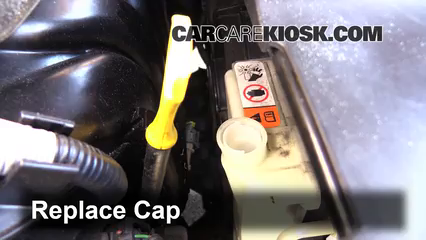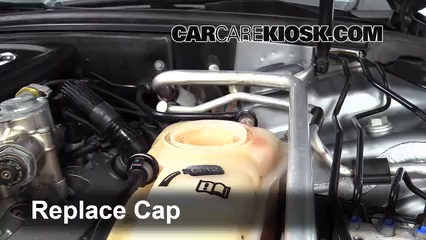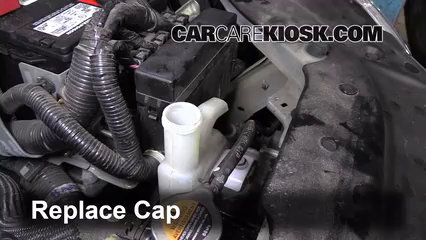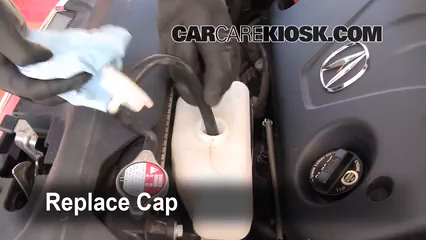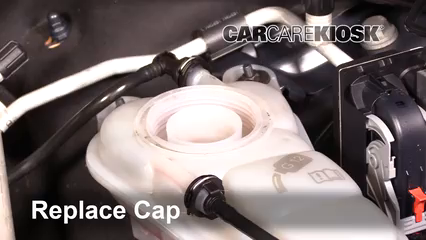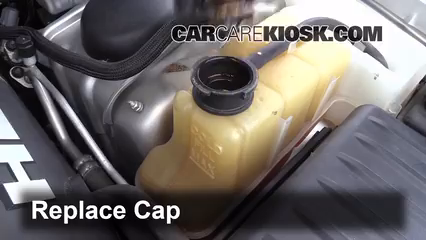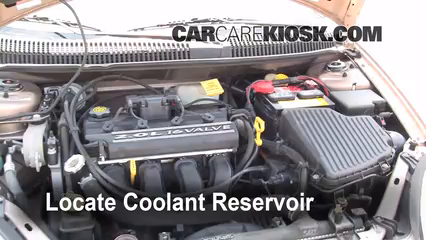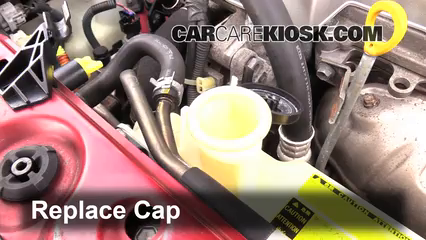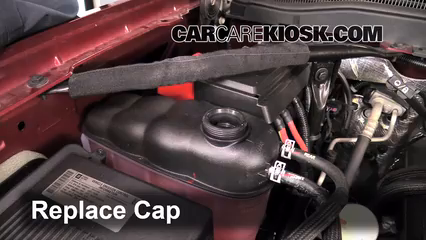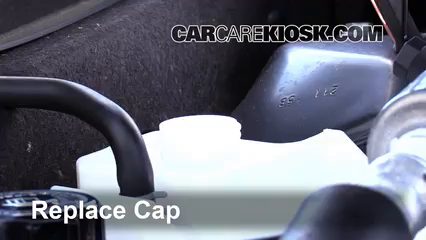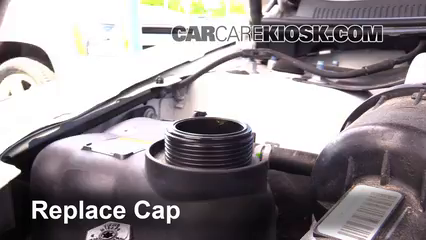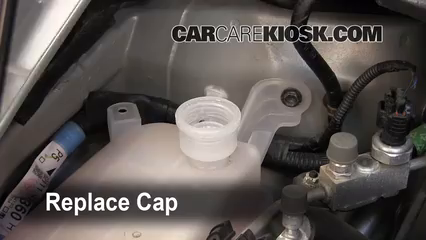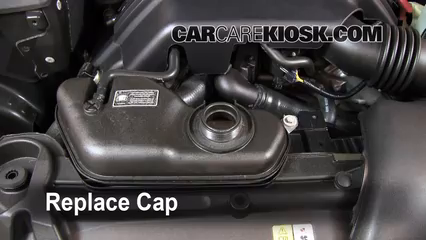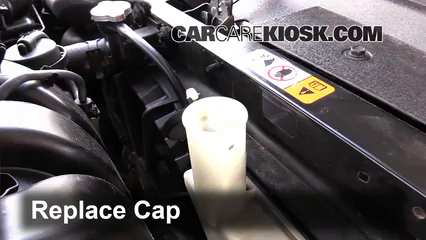Coolant Reservoir Cap Leak

Symptoms to look for that indicate low coolant in the car.
Coolant reservoir cap leak. Usually filled to one third of it s capacity the coolant reservoir provides storage for coolant when the radiator purges coolant as it heats up. If the radiator coolant overflow tank is damaged or cracked then you can expect coolant fluid to leak out of it. If you have a leaky or a weak radiator cap you may experience loss of coolant from the overflow tube every time the coolant heats up. It provides the extra coolant the radiator and cooling system need in the event of a leak and prevents overheating.
If the radiator cap is stuck the proper amount of coolant cannot be released appropriately and this causes coolant temperature and coolant pressure increasing. 1 leaky radiator cap. Never open a radiator cap when the engine is hot. While this may seem to be a minor issue it can lead to dire consequences.
Losing coolant but no leak. A poorly maintained antifreeze system defective components or a rapid change is the driving style may contribute to this coolant disappearing. You can easily diagnose and fix a coolant reservoir tank leak. What is the reason behind coolant leaking from the car s bottom.
A crack in the coolant reservoir could cause a slow leak of coolant and could also cause your car to overheat. The coolant used to cool the engine does so at maximum efficiency when kept at specific pressure. This repair should always be made on a car that has cooled. This drives to consequent leaking of the coolant through the radiator pressure cap.
Below are the common causes to your coolant leaks. This could be out the overflow reservoir the reservoir hose radiator cap coolant hoses or into the engine from a head gasket leak. Sometimes cracks will form on the overflow tank if it is too old and worn out. The faulty reservoir cap.
It may sound ghostly if you think of coolant loss no visible leak. There may be times that the reservoir radiator cap may turn out to be faulty. Where is my coolant going. But things are not as complicated as they appear to be.
If the coolant reservoir cracks or breaks due to old age or overheating it will leak. Another symptom of a potential problem with the coolant reservoir is coolant leaks. Here are four of the most common signs of a bad radiator overflow tank. The radiator cap is designed to allow access to fluids in a closed system.
Leaked coolant stays in between the radiator upper tank and the radiator upper body. Top it off to the full line and keep an eye on it for now. Small leaks may produce steam and drips while larger leaks will produce streams and puddles as well as an obvious coolant odor. Some cars leak a little bit of coolant over time for a variety of reasons.
Check the coolant every day to see if the level drops. A coolant reservoir is a dual purpose component. Check your owner s manual for proper cap replacement.





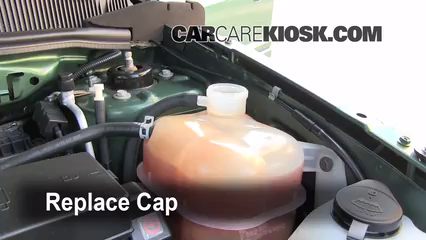
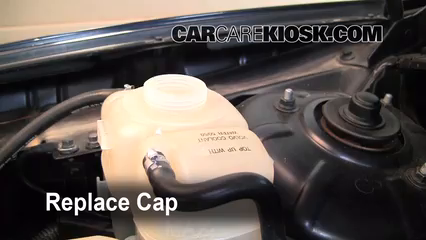
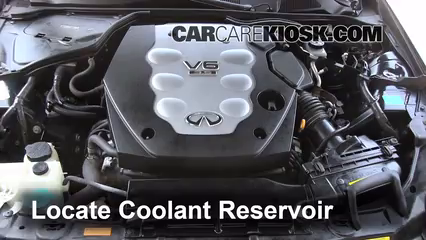
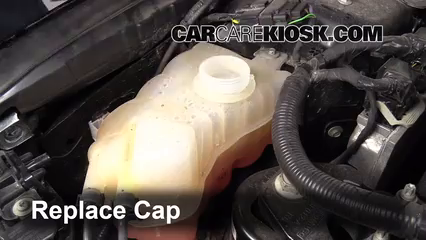
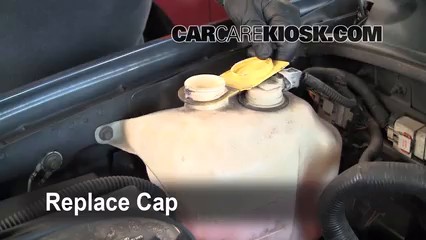

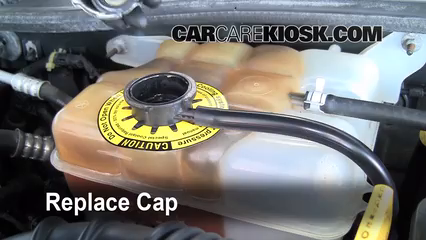

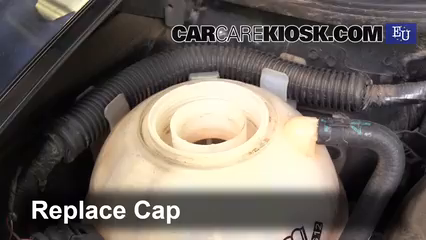
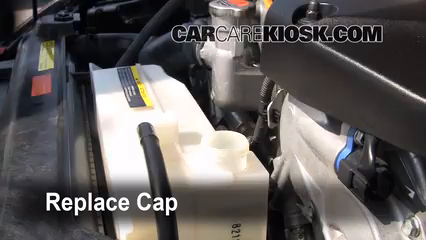
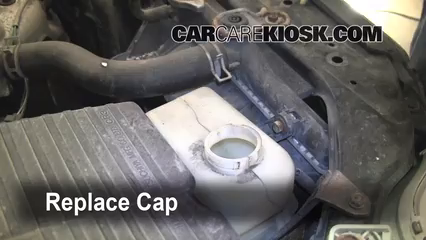
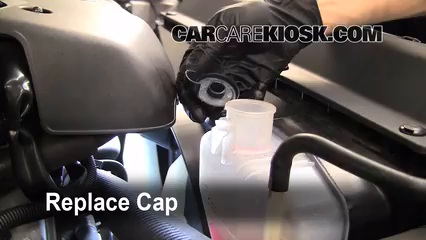
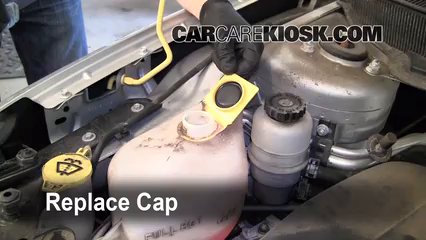
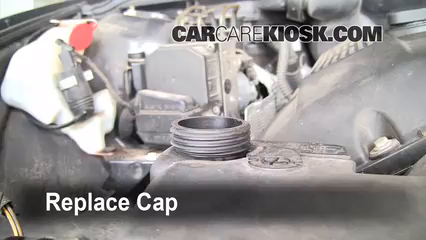
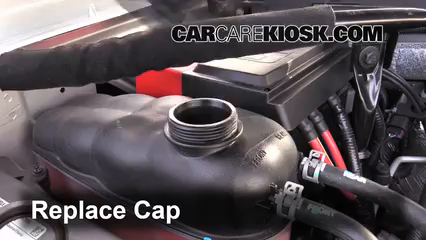
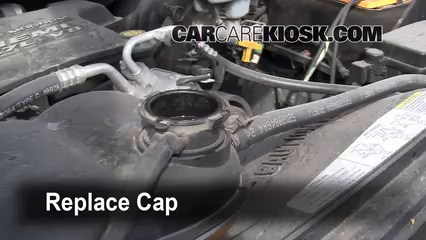
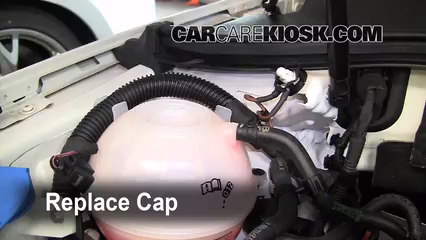
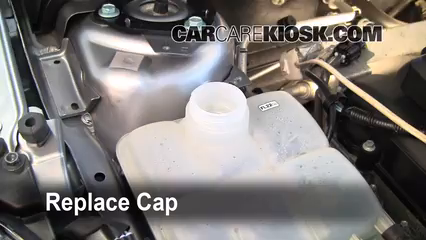


_MRY.webp)
